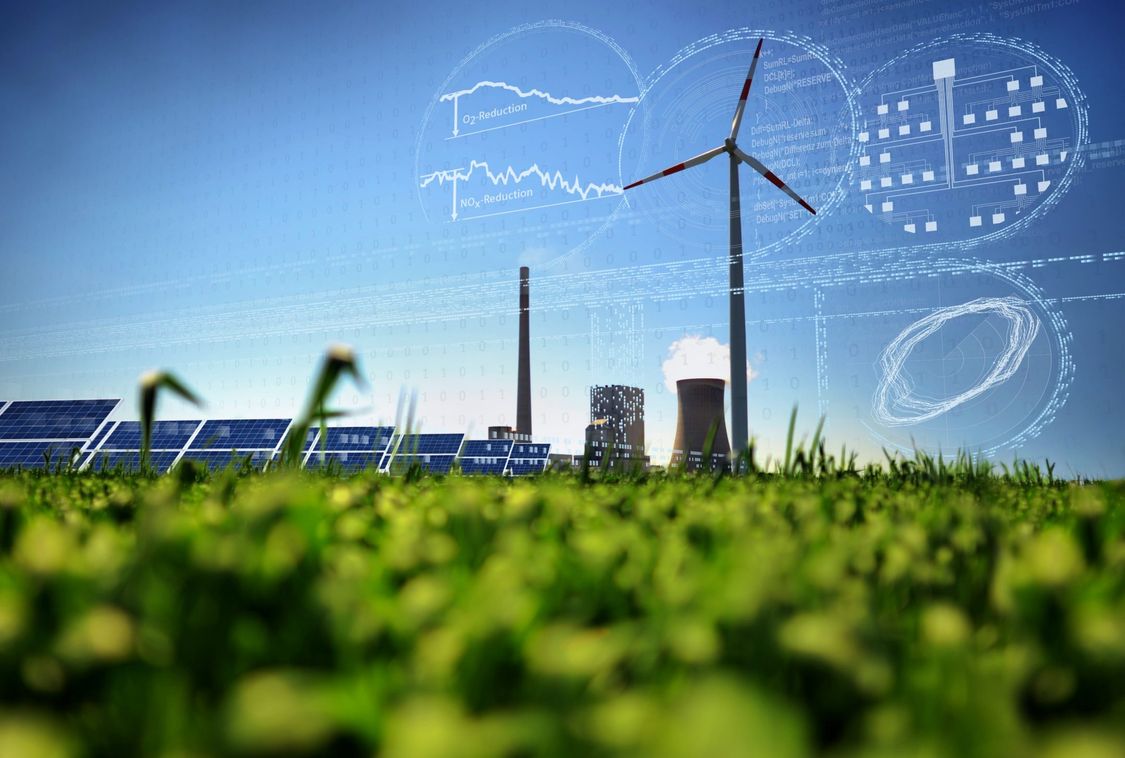How Is Electrical Engineering Used In The Development Of Renewable Energy Integration?

Have you ever wondered how power generation works? The whole process can be a bit confusing, especially when it comes to how it interacts with the grid, but don't worry, we've got you covered. In this post, we'll explain the basics of grid interaction with power generation and how it can support both conventional and renewable sources.
First, let's define what the grid is. The grid is a network of high-voltage power lines and substations that connect power plants to consumers. Conventionally, power is generated at these plants and then transmitted through the grid to homes and businesses.
Now, let's take a closer look at how power generation interacts with the grid. Power plants generally fall into two categories: conventional and renewable.
Conventional power plants, such as coal-fired plants, generate electricity by heating water to produce steam, which then turns turbines to generate electricity. This electricity is then transmitted to the grid and distributed to consumers. While conventional power plants have been the primary source of electricity for many years, they have a significant impact on the environment and contribute to greenhouse gas emissions.
Renewable power plants, on the other hand, generate electricity using natural resources that are replenished over time, such as solar, wind, and water. These sources of power are clean and have a minimal impact on the environment. However, renewable power plants often operate on an intermittent basis, which means that they are only active when the natural resources are available.
So, how does this all work together? The grid is designed to support both conventional and renewable power sources. When conventional power plants are generating electricity, it is transmitted through the grid and distributed to consumers. However, when renewable power sources are generating electricity, the grid needs to be able to adjust to the intermittent nature of these sources.
One way that the grid can support renewable power sources is through energy storage. Energy storage systems can store excess energy generated by renewable power sources and release it when it is needed. This allows renewable power sources to operate on a more consistent basis and helps to balance the grid.
Another way that the grid can support renewable power sources is through demand response. Demand response programs allow consumers to adjust their electricity usage during periods of high demand. This helps to balance the grid and ensure that enough electricity is available for everyone.
The grid is also evolving to support a more decentralized system of power generation. Decentralized power generation allows electricity to be generated closer to where it is needed, reducing the amount of energy lost in transmission. This is achieved through the use of microgrids, which are small, self-contained power systems that can operate independently or in conjunction with the larger grid.
In conclusion, the grid and power generation have a complex but important relationship. The grid supports both conventional and renewable power sources and is evolving to support a more decentralized system of power generation. By understanding how this all works together, we can work towards a cleaner, more sustainable future for all.
Post a Comment for "How Is Electrical Engineering Used In The Development Of Renewable Energy Integration?"